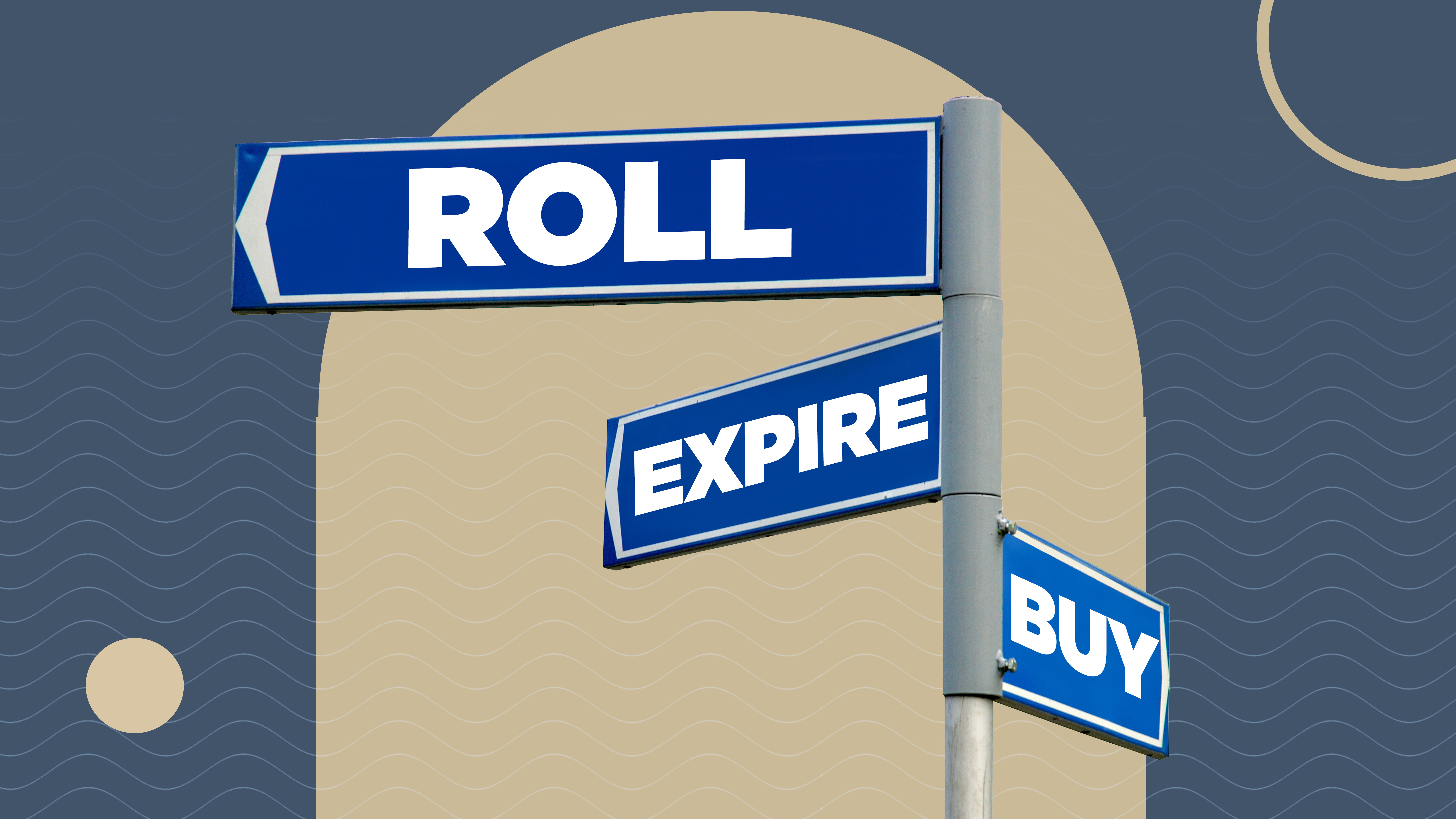Option spreads are powerful trading strategies, highly valued for their simplicity, clear risk management, and controlled profit potential. In this comprehensive guide, we'll deeply explore two bullish strategies frequently used in bullish markets: Bull Call Spreads and Bull Put Spreads.
What Exactly Are Option Spreads?
Option spreads involve simultaneously buying and selling options on the same underlying asset, but with differences in either strike prices or expiration dates.
Bull Call Spread: A bullish debit spread strategy involving buying a lower-strike call and selling a higher-strike call to benefit from moderate upward price movement.
Bull Put Spread: A bullish credit spread strategy involving selling a higher-strike put and buying a lower-strike put, generating immediate premium income while expecting the underlying asset’s price to remain above the sold put strike.
Typically, traders encounter two primary spread types:
- Calendar spreads: Utilize options with identical strike prices but varying expiration dates, typically suited to neutral market conditions.
- Vertical spreads: Involve options sharing the same expiration date but differing strike prices, ideal for directional trading strategies, particularly bullish or bearish outlooks.
Our focus here will be on vertical spreads and specifically bullish vertical spreads.
Advantages of Vertical Spreads
Vertical spreads offer two significant benefits. First, they substantially lower trade entry costs compared to purchasing standalone options. Second, they establish clearly defined risk and reward parameters, eliminating uncertainty regarding potential losses.
These characteristics make vertical spreads highly effective, especially during periods of increased volatility when option premiums typically rise.
Understanding the Bull Call Spread
The Bull Call Spread involves two simultaneous actions:
- Buying a call option at a lower strike price.
- Selling another call option at a higher strike price.
Because the lower strike call option is closer to or at the current underlying asset price, it inherently carries a higher premium. Therefore, initiating a Bull Call Spread always results in a net debit—an upfront cost to the trader.
Example: Bull Call Spread
Suppose ABC stock is trading at $100:
- Buy a Call option with a $100 strike price for $6.
- Sell a Call option with a $110 strike price for $2.
This trade results in a net debit of $4 per share, or $400 for one contract (covering 100 shares).
When setting up a Bull Call Spread, it’s important to understand two key factors: delta and theta. Delta tells you how much the option’s price is expected to move when the underlying stock price changes. For the long call option you buy, choose an ideal delta based on your risk and reward ratio. The higher the delta simply means the option will gain value reasonably well if the stock price goes up. Theta, on the other hand, measures how much value your option loses each day as it approaches expiration. Since time decay works against you when you buy options, you need to factor this into your decision.
Using a profit visualization tool is also extremely helpful, as it shows you clearly how your position will change over time, how much profit or loss you might see at different stock prices, and when it might be best to exit the trade to maximize returns or minimize risks. Understanding how these elements work together allows you to plan your Bull Call Spread with greater confidence and discipline.
Key Points for Bull Call Spread:
- Maximum Loss: Capped strictly at the initial $400 debit.
- Maximum Gain: Strike price difference minus initial debit, i.e., $600 ($10 - $4).
- Breakeven Point: Stock price of $104 at expiration.
Bull Call Spreads are most suitable for moderately bullish market scenarios where substantial gains are unlikely, but steady upward movement is expected.
Potential Applications of Bull Call Spreads:
- Times of elevated volatility, which can make single-leg calls expensive.
- Moderately bullish perspectives.
- Interest in clearly defined risk management.
Exploring the Bull Put Spread
After understanding how a Bull Call Spread works—where you buy a call option and sell another at a higher strike to reduce costs while maintaining a bullish position. It’s natural to explore other bullish strategies that approach profit and risk differently. This brings us to the Bull Put Spread. While both strategies benefit from upward price movements, the Bull Put Spread operates in a fundamentally different way.
The Bull Put Spread involves:
Typically, the higher strike put commands a greater premium due to the increased likelihood it will end in-the-money. This difference creates an immediate net credit upon initiation.
Example: Bull Put Spread
Using ABC stock at $100:
- Sell a Put option at $95 strike, receiving a $4 premium.
- Buy a Put option at $90 strike, costing $2.
The trade generates an upfront credit of $2 per share, or $200 per contract.
Key Metrics of Bull Put Spread:
- Maximum Gain: Limited to the initial premium received, $200.
- Maximum Loss: Strike difference minus premium received, totaling $300 ($5 - $2).
- Breakeven Point: Stock price at $93 at expiration.
Bull Put Spreads work effectively in stable to slightly bullish markets, benefiting from premium collection and time decay.
Optimal Conditions for Bull Put Spreads:
- Mildly bullish or sideways market environments.
- Seeking steady premium income with clearly defined risks.
- Leveraging the natural decay of option time value.
Debit vs. Credit Spreads: In-Depth Comparison
The fundamental difference between debit and credit spreads revolves around initial cash flow:
Debit Spreads (Bull Call Spread): Always involve upfront payments. You buy a closer-to-the-money option, which is inherently more expensive, and offset some cost by selling a further-out-of-the-money option. Hence, debit spreads are beneficial when you expect a significant move within defined parameters, particularly during periods of rising volatility when premiums increase.
Credit Spreads (Bull Put Spread): Typically provide immediate cash flow. Selling an option closer to the money, which carries a higher premium due to its greater risk of assignment, generates a net credit after offsetting the cost of buying a cheaper, further-out-of-the-money option. These are favorable when market volatility is stable or declining, as falling volatility decreases option premiums and benefits the seller.
Thus, choosing between a debit or credit spread largely depends on your expectations for volatility and your preference for immediate versus delayed cash flow.
Strategic Management of Vertical Spreads
Once a debit or credit spread is initiated, many traders monitor several factors to manage their positions effectively:
- Directional Outlook: Some traders prefer to choose spread types that reflect their market view. For example, a bull call spread is often associated with expectations of moderate upside, while a bull put spread may suit scenarios where the trader anticipates stability or mild bullishness.
- Volatility Conditions: It's common practice for traders to assess market volatility when selecting spreads. Debit spreads tend to benefit more when volatility increases, while credit spreads may align better with expectations of stable or declining volatility.
- Risk-Reward Evaluation: Traders frequently review the potential return relative to risk before and during a trade, aiming to ensure it fits their broader portfolio objectives or strategies.
- Approaching Expiration: As expiration nears, traders may choose to monitor how close the underlying price is to the strike prices. In some cases, early adjustments or exits are made to manage exposure or avoid potential assignment.
- Profit and Loss Triggers: Rather than holding to expiration, some market participants close trades early if a significant portion of the potential gain has been captured or if losses exceed a predefined threshold. This approach helps some traders reduce exposure to adverse market moves or preserve capital.
Ultimately, the way a spread is managed depends on the individual’s strategy, preferences, and risk tolerance. While there’s no one-size-fits-all approach, being intentional about trade management can support more consistent outcomes over time.
Final Thoughts
Bull Call and Put spreads offer a simple way to profit from bullish markets. Success depends on understanding each strategy, planning trades carefully, and managing positions.

.png)
.png)



submit your comment